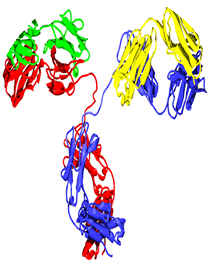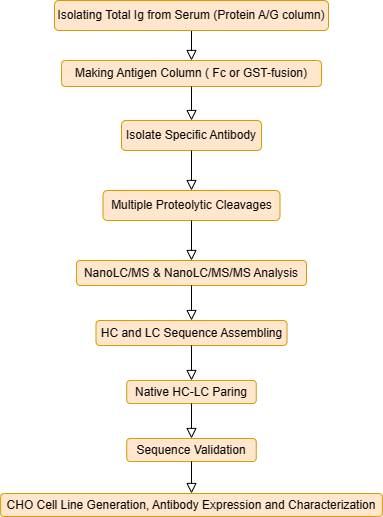 Neutralized Antibody Drug Discovery & Development
Neutralized Antibody Drug Discovery & Development
The Covid-19 pandemic has demonstrated the importance of rapidly developing neutralizing antibodies against dangerous microbes that are easily transmitted, virulent, and invasive to central organs such as the lungs. An infection often induces strong immune reactions in patients. The serum of recovered patients (especially those naturally recovery without medication) often contains high titer neutralizing antibodies against the infectious organism. Identifying the sequence of the neutralizing antibodies from recovered patients provides one of best pathways to quickly develop antibody drugs against the disease.
Although single cell gene sequencing technique has been used to identifying neutralizing antibodies from patient serum, one of the drawbacks of this approach is that the sequencing is carried out on B-memory cells from PBMC, while the plasma cells producing neutralizing antibodies are only present in bone marrow, so the single cell sequencing with PBMC will most likely miss the most valuable neutralizing antibody sequences.
We have develop a proprietary technology platform to de novo sequencing complex mixture of antibodies from human serum and to identify high affinity neutralizing antibody sequences with a native heavy chain and light chain parings. We then generate CHO cell lines to express the human antibodies and carry out structural characterization and immunological and biochemical assay. Optionally, we’ll carry out animal study for proof-of-concept by collaborating with third parties.

Please contact us for your neutralized antibody development inquiries or requests.
Sample Requirement:
Immunoglobulin from ~100-200ml serum of recovered patients by protein A or ProteinG purification and ~1mg antigen in Fc, GST or other fusion format.Application:
Developing neutralizing antibody drugs.Related Service & Products